The Cybertruck and other HW4-based vehicles are receiving this update, however, the release notes for the Cybertruck differ from other models as shown below.
Tesla Videos
Details
FSD Version
Release Date
FSD Beta Updates
Recent News
FSD (Supervised) v13.2.1
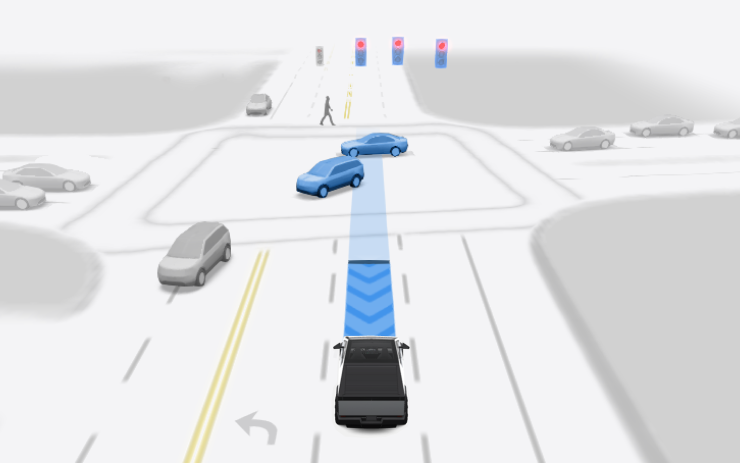
FSD (Supervised) v13 upgrades every part of the end-to-end driving network.
Includes:
- 36 Hz, full-resolution AI4 video inputs
- Native AI4 inputs and neural network architectures
- 4.2x data scaling
- 5x training compute scaling enabled by the Cortex cluster)
- Reduced photon-to-control latency by 2x
- Speed Profiles on both City Streets and Highways
- Improved reward predictions for collision avoidance
- Dynamic routing around road closures, which displays them along an affected route when they are detected by the fleet
Upcoming Improvements:
- 3x model size scaling
- 3x model context length scaling
- Integrated unpark, reverse and park capabilities
- Audio inputs for better handling of emergency vehicles
- Improved reward predictions for navigation
- Improvements to false braking and slower driving in parking lots
- Redesigned controller for smoother, more accurate tracking
- Support for destination options including pulling over, parking in a spot, driveway, or garage
- Efficient representation of maps and navigation inputs
- Improved camera cleaning handling of camera occlusions
Editorial note: This version of FSD for the Cybertruck differs slightly from the other models. Some features that are in this update for other Tesla models are listed under upcoming improvements for the Cybertruck.
FSD (Supervised) v13.2.1
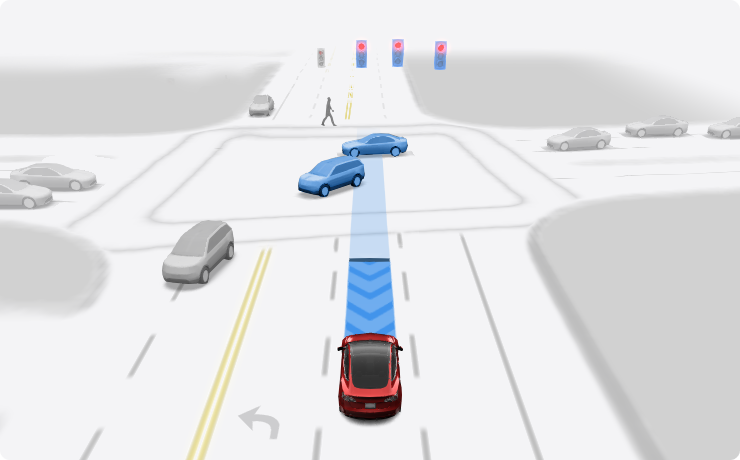
FSD (Supervised) v13 upgrades every part of the end-to-end driving network.
Includes:
- 36 Hz, full-resolution AI4 video inputs
- Native AI4 inputs and neural network architectures
- 4.2x data scaling
- 5x training compute scaling enabled by the Cortex cluster)
- Reduced photon-to-control latency by 2x
- Speed Profiles on both City Streets and Highways
- Integrated unpark, reverse, and park capabilities
- Improved reward predictions for collision avoidance
- Improved camera cleaning
- Redesigned controller for smoother, more accurate tracking
- Dynamic routing around road closures, which displays them along an affected route when they are detected by the fleet
Upcoming Improvements:
- 3x model size scaling
- 3x model context length scaling
- Audio inputs for better handling of emergency vehicles
- Improved reward predictions for navigation
- Improvements to false braking and slower driving in parking lots
- Support for destination options including pulling over, parking in a spot, driveway, or garage
- Efficient representation of maps and navigation inputs
- Improved handling of camera occlusions
Start FSD (Supervised) from Park

When enabled, a button will appear on the map when driver requirements are met, and the brake pedal is pressed and released. Driver requirements include (but are not limited to):
- Driver is seated in driver's seat
- Driver is buckled
- Cabin Camera is unobstructed
When Brake Confirm is disabled, pressing the button will allow Autopilot to apply the brakes and engage FSD (Supervised).
You can enable this feature in Autopilot > Start FSD (Supervised) from Park.
This feature does not make your vehicle autonomous and you must remain attentive and be ready to take over at any time. Only a licensed driver authorized to operate the vehicle should be allowed access to the driver's seat position any time the vehicle is not in Theater or Arcade modes.
Camera Visibility Detection

At the end of your drive, you will receive a notification if poor camera visibility is detected. To view these images go to Service > Camera Visibility.
Images do not leave the vehicle and are not shared unless Data Sharing preferences permit. They are automatically deleted after two days. To review your Data Sharing settings, go to Software > Data Sharing.
Update to Data Sharing

Improve your vehicle's safety and convenience features such as siren recognition, by choosing to opt-in and share sound detection data with Tesla. A short audio recording is collected when an approaching emergency vehicle is recognized.
You can change your data sharing preferences at any time. Even if you opt-in, sound detection data is not associated with your account or VIN.
Full Self-Driving (Supervised)

Under your supervision, Full Self-Driving (Supervised) can drive your Tesla almost anywhere. It will make lane changes, select forks to follow your navigation route, navigate around other vehicles and objects, and make left and right turns. You and anyone you authorize must use additional caution and remain attentive. It does not make your vehicle autonomous. Do not become complacent.
Full Self-Driving (Supervised) is enabled on your vehicle. To use the feature, pull the drive stalk down once. You can disable Full Self-Driving (Supervised) in Autopilot Settings.
Sentry Mode Improvements

This release includes improvements to reduce energy consumption while Sentry Mode is enabled. To enable Sentry Mode, go to Controls > Safety > Sentry Mode.
Track Mode: Powertrain Endurance

You can now adjust Powertrain Endurance in Track Mode to help you achieve consistent performance for longer track sessions.
Go to Controls > Dynamics > Customize Track Mode > Powertrain Endurance.
Spotify Free

Listeners can now use Spotify on their Tesla vehicle without a Spotify Premium plan. Ad-free listening, playlist previews, and unlimited skips remain exclusive to Spotify Premium members. Requires Premium Connectivity or a WiFi connection.
Custom Mirror Tilted Positions

You can now set a custom tilt for your exterior mirrors for when the vehicle is in Reverse. To set custom tilt positions, navigate to Controls > Mirrors > Adjust Tilted Position. Adjust the mirror as needed and press save. Mirror Auto Tilt must be enabled.
LiveOne Powered by Slacker Radio
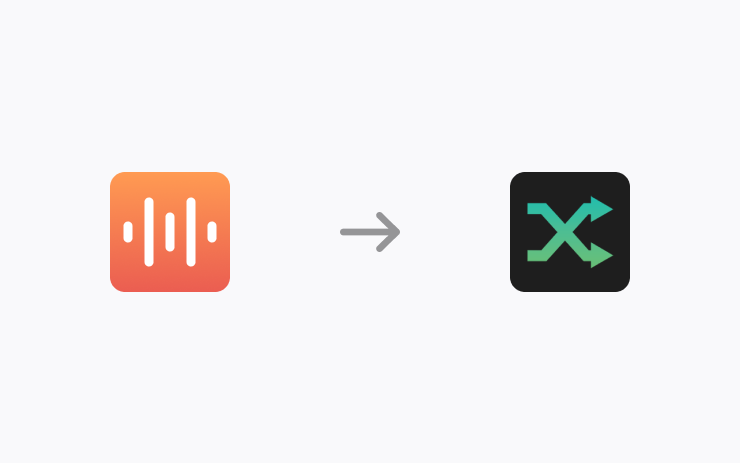
The Streaming app has been changed to LiveOne. To access, tap the LiveOne icon in the Application Launcher. Requires Premium Connectivity or a WiFi connection.
Other Updates

- The Diagnostics panel offers more information on your Wi-Fi connection, as well as connection improvement tips.
- Hold the left scroll wheel and select Mirror Fold to fold or unfold the mirrors.
- This update includes important security fixes and improvements.
- This release contains minor fixes and improvements.
Service History

Tesla's new Service History, available through Tesla's Service Mode, lets owners and technicians add service records to the vehicle.
Each service record is permanent and can not be amended once it has been entered. You can enter a variety of service records from simple owner-oriented tasks such as windshield wiper replacements and adding washer fluid, to motor or battery pack swaps.
Tesla App Commands
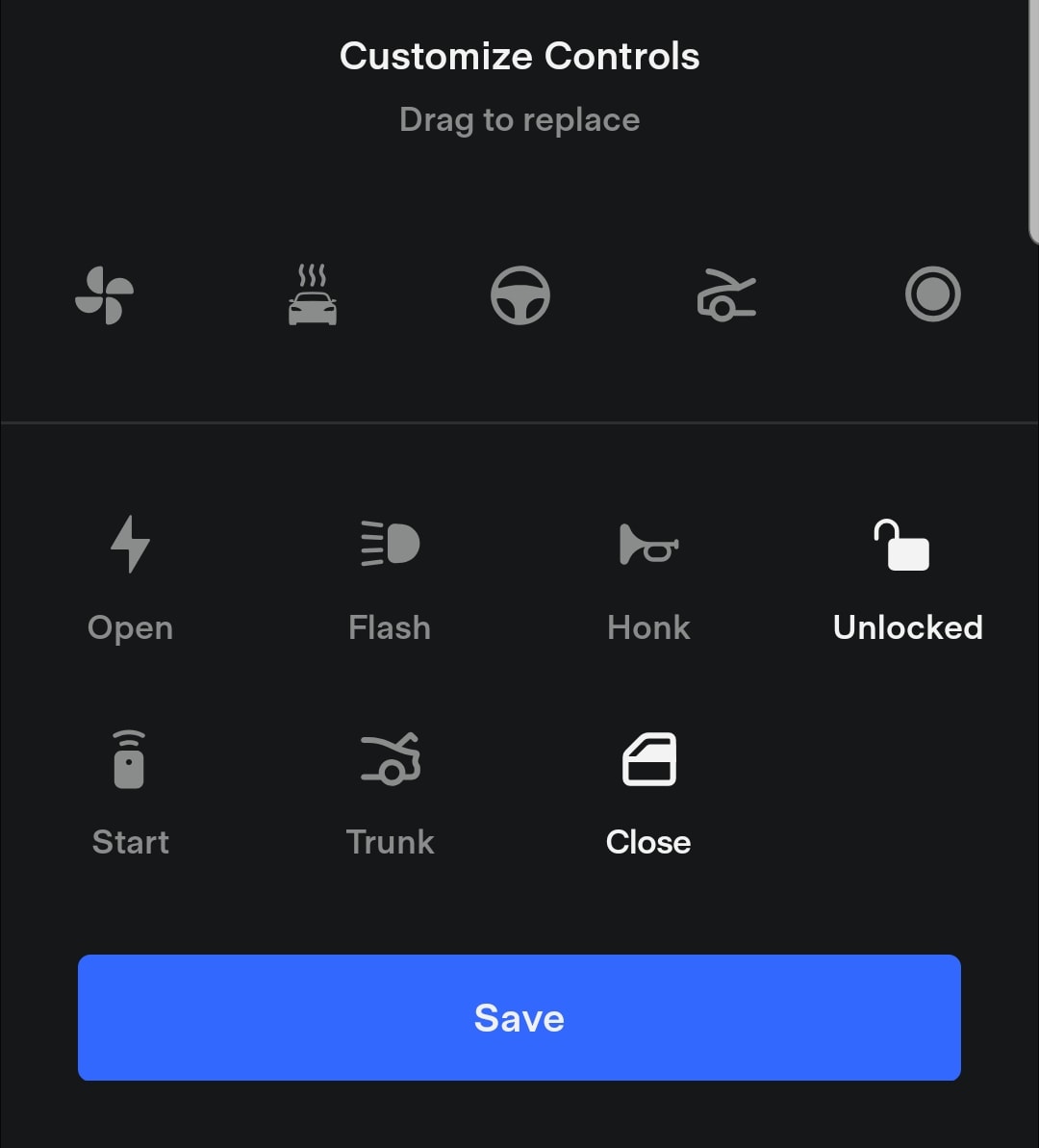
When you're in close proximity to your vehicle, commands issued from the Tesla app will now be executed quicker and more reliably by being sent over Bluetooth instead of relying on the vehicle's internet connection.
This feature requires vehicle update 2024.38+ and Tesla app update 4.38+.
This feature is available for both iPhone and Android and supports the Model 3, Model Y, Cybertruck and the 2021+ Model S and Model X.
Curve Assist
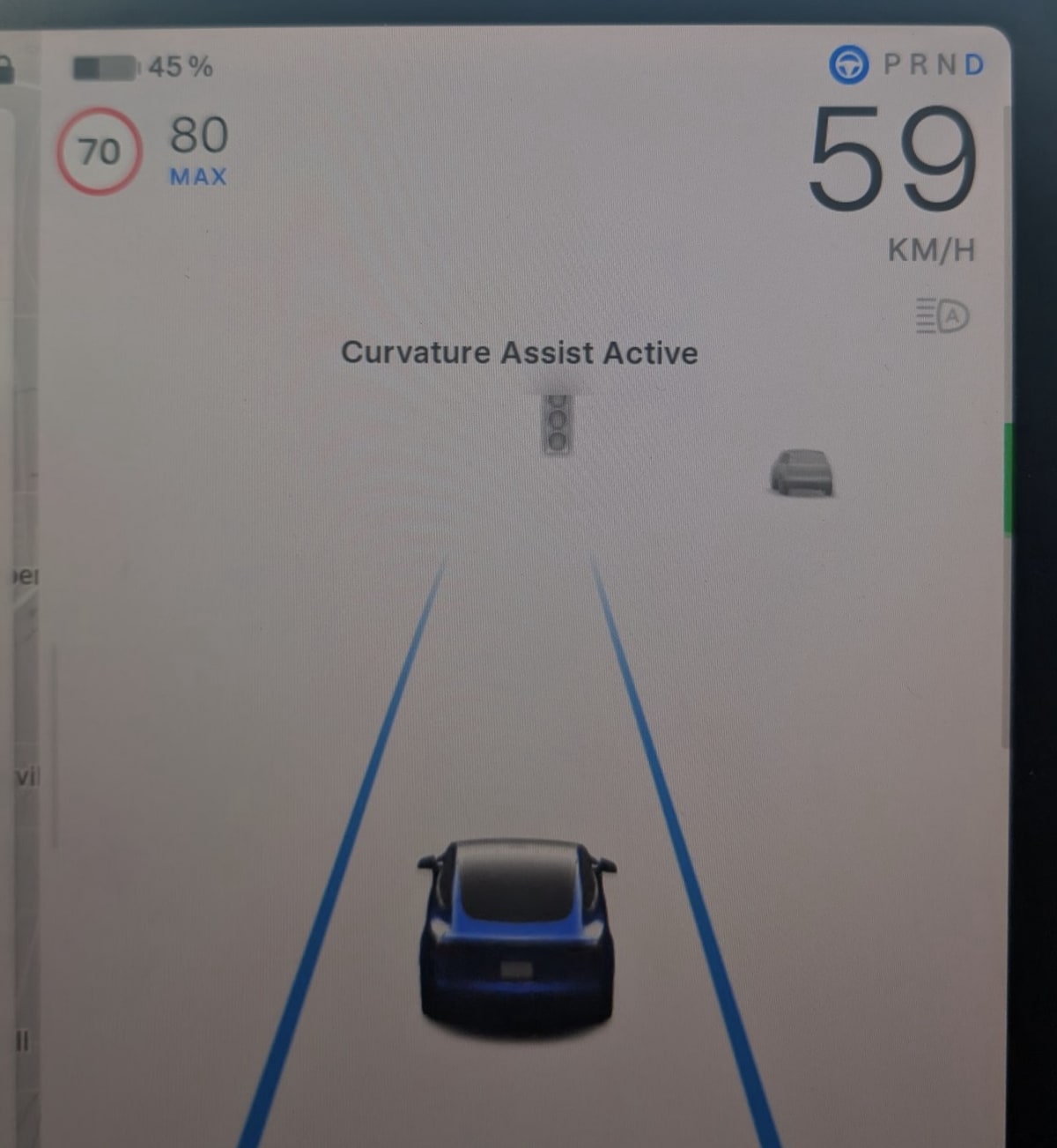
In certain regions, Tesla has added a new Curvature Assist feature that allows the vehicle to perform sharper turns while on Autoilot. When the feature is active, the vehicle will display "Curvature Assist Active" in the visualization area.
Autopilot Hardware Version
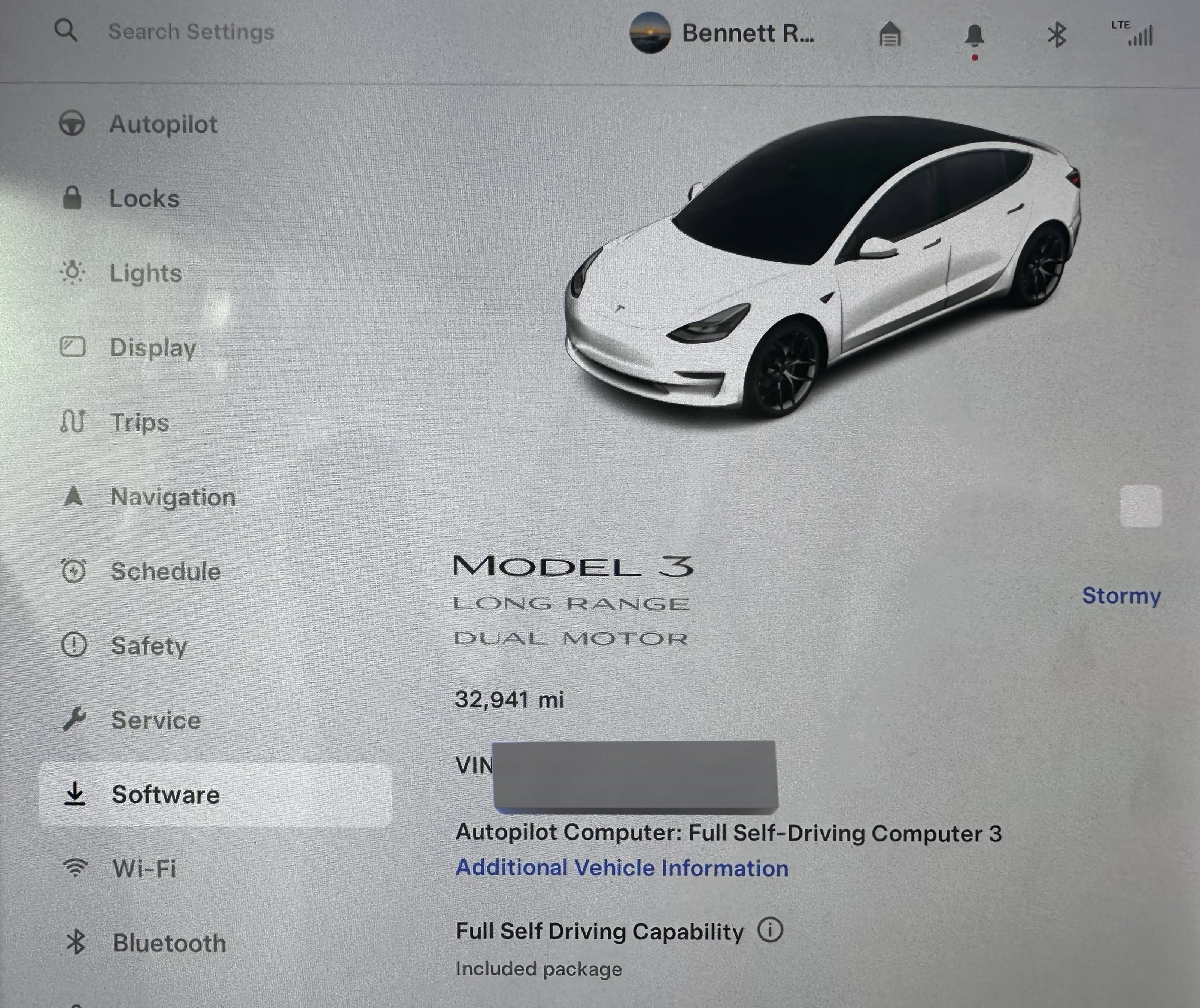
Up until now, it wasn't always easy to tell whether your vehicle had Autopilot hardware 3 or hardware 4. With update 2024.38, Tesla shows your vehicle's Autopilot hardware in the Software tab.
Simply go to Controls > Software and underneath your car's VIN, you'll see the FSD hardware version of your car.
WiFi Diagnostics Tool
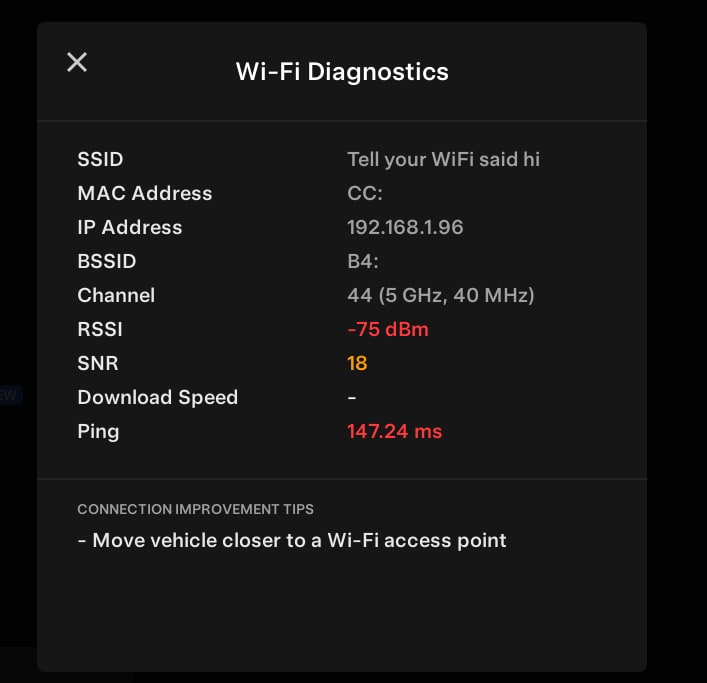
Tesla now includes a WiFi Diagnostics tool to help you determine your WiFi connection status, speed and tips to improve your connection.
To view WiFi Diagnostics go to Control > Wi-Fi and tap on the blue Diagnostics link near the top of the menu.
In the diagnostics tool, you'll be able to see various details regarding the access point you're connecting to, your vehicle's MAC address and information about your connection.
Near the bottom, Tesla will also provide some tips to improve your connection if needed.
Improved Voice Recognition

Users are reporting that voice recognition has also been improved in this update for varying English dialects. Tesla's voice command system now better understands different accents and performs commands more reliably.








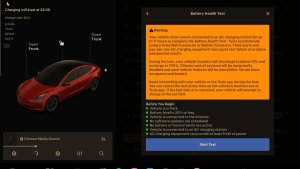
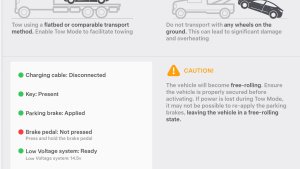
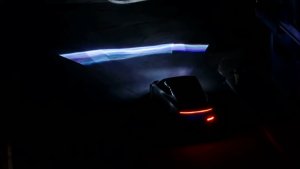
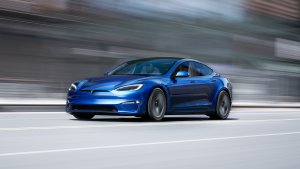

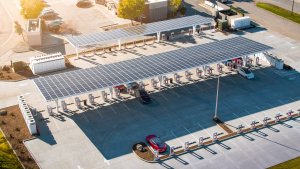
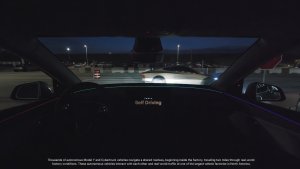
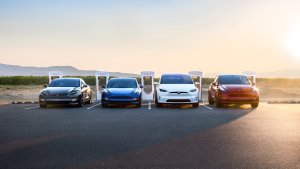
![Tesla’s Missing Voice: Why a PR Team Matters More Than Ever [Opinion]](https://www.notateslaapp.com/img/containers/article_images/multiple-models/group_93.jpg/4e1056961f0480c7b9eff43dd2ec288e/group_93.jpg)












